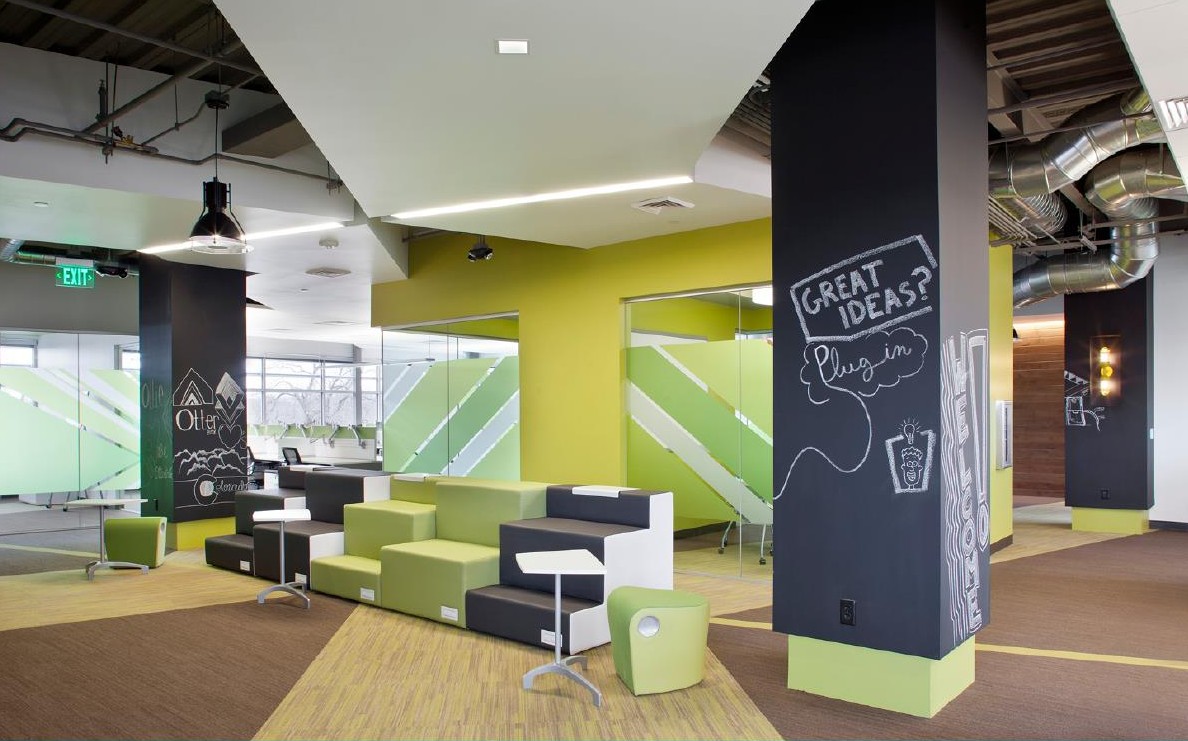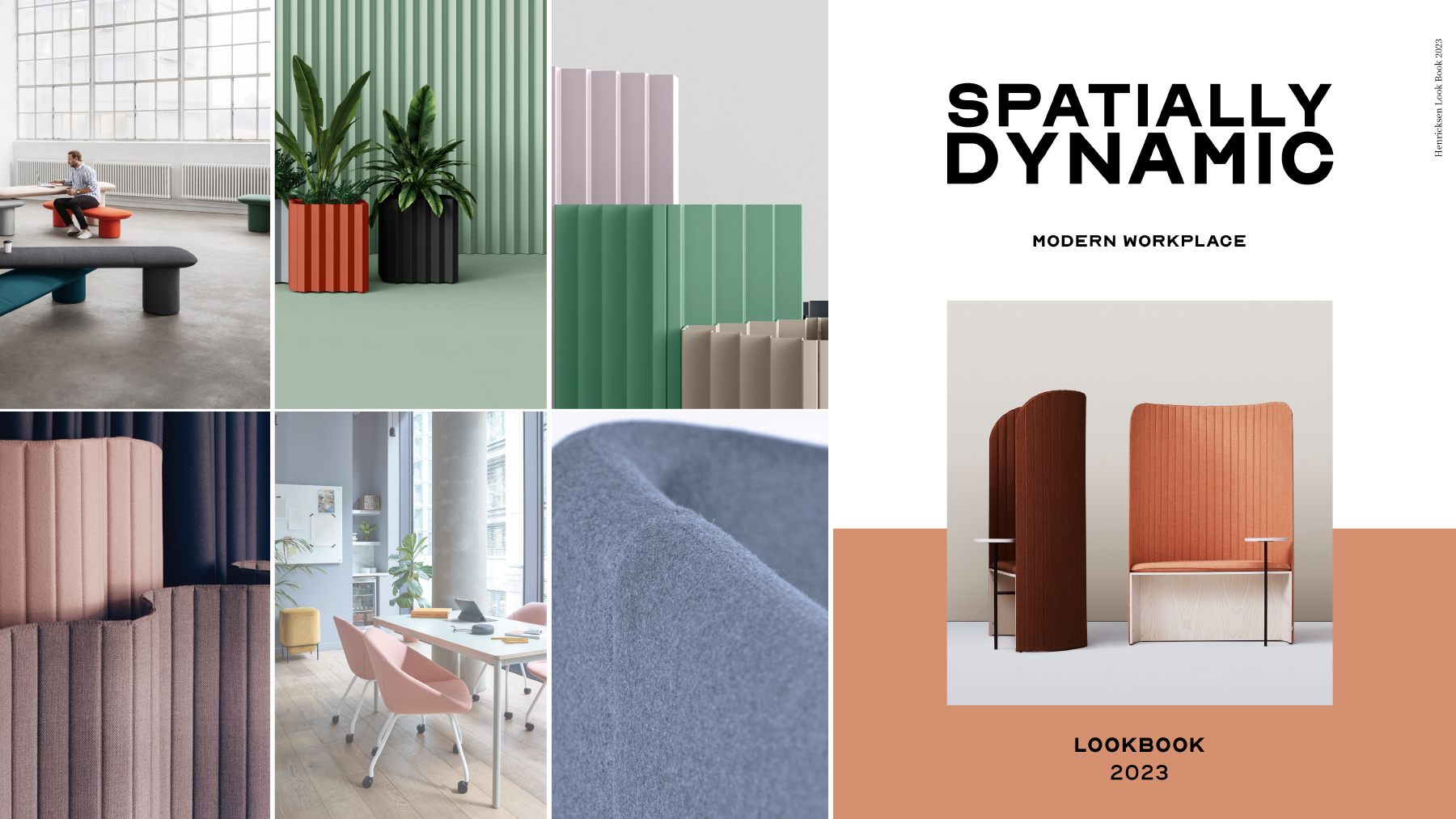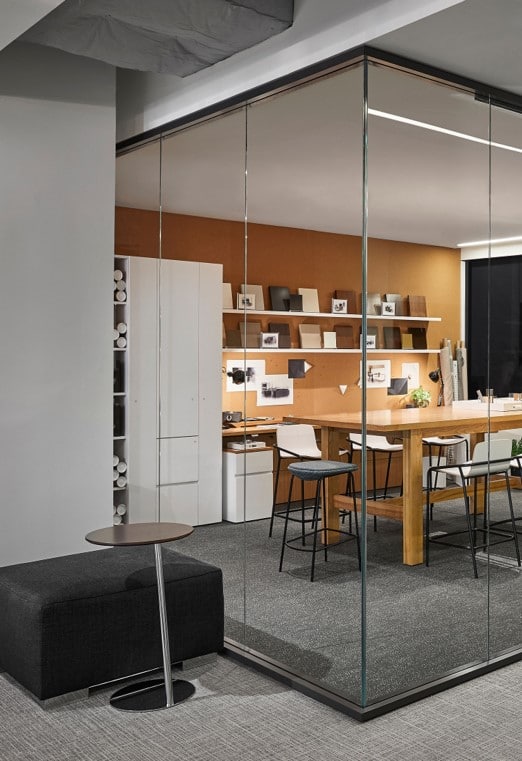Organizations are racing to stay abreast of the most diverse workplace in history. A workplace that is evolving at nanospeed.

Expectations have changed. Employees are no longer just ‘workers’. They’re ‘Human Capital’ – a resource that develops and gains value – if it’s properly nurtured.
There has been a huge debate of late about office design and more than a few experts have weighed in advocating a hybrid between the open plan and private office concepts. The reason this is such a huge cause of concern is because it’s the tangible symptom of a trend that has changed the way we work forever.
Organizations that hope to be successful in an increasingly competitive market have to first understand the nature of the evolving workplace and the intricacies of managing human capital at a time when company structure is changing radically.
One of the leaders in the research on this topic is Allsteel – a major office furniture systems manufacturer. They recently produced a white paper on the topic and providing some recommendations.
In this article, we’re going to look at the research and shed some light on the current state of the workplace with a view to providing some useful insights.

Just a few years ago, the big trend was cutting down on office space as a means of economizing and being more environmentally responsible. A smaller footprint equals smaller carbon emissions. Everyone agrees that that’s a good thing. However, real estate is only 5% to 15% of an organization’s expenditure. You can only cut so much in a practical sense, before you do more harm than good. The positive impact on the bottom line is limited.
What really helps an organization get ahead is the extent and quality of their knowledge work. Knowledge work is a product and it’s produced by human capital. These two factors: quality of knowledge work and human capital, are key in today’s tech based world.
The question is: how do organizations promote both?
 It’s not just about creating a work environment that employees love. It’s not just about paying top wages to top talent. It’s about creating the ‘perfect’ work environment. If there were an easy formula we could follow then most organizations would implement it. The fact is that creating the perfect work environment is a work in progress because we do not live in a static world. What works today will need to be tweaked tomorrow.
It’s not just about creating a work environment that employees love. It’s not just about paying top wages to top talent. It’s about creating the ‘perfect’ work environment. If there were an easy formula we could follow then most organizations would implement it. The fact is that creating the perfect work environment is a work in progress because we do not live in a static world. What works today will need to be tweaked tomorrow.
Before we can create a solution, we have to understand what we’re dealing with.
The most important factors are:
- understanding how productivity should be evaluated. We’ve discussed this topic here: https://www.cofco-henricksen.com/working-outside-the-box-in-2016/ Knowledge work is not easy to evaluate, nor is it easy to ensure definitive productivity.
- designing a work environment that supports and encourages productive knowledge work. But what is really at the heart of solution is understanding and working with the diversity of human capital currently employed.
And most importantly:
- understanding the diversity of the current workforce and how to manage it effectively
Diversity is opportunity:
A multi-generational, multi-ethnic workforce presents great challenges when it comes to creating cohesive teams. However, when correctly managed, this diversity also presents great opportunity and reward.
Knowledge work is about skilled individuals working together to achieve a common goal in an environment that supports their collaboration. The truth is that people, human capital, isn’t just an asset. It’s the greatest leverage an organization has.
Employees aren’t just ‘workers’. They’re the creativity and motivation that inspires innovation, creates solutions and moves business forward. The most pressing challenge is learning how to attract, nurture and retain the most skilled and creative knowledge workers in the market. ‘Work Environment Redesign’ puts it like this: “The bottom line is that companies need to redefine themselves as platforms for talent development, creating environments where talent can develop and learn more rapidly than anywhere else.”
 When you look at it from this perspective, it’s logical that the focus on real estate is fast changing to a focus on development of human capital. When you consider that human capital accounts for around 35% to 55% of our overall costs, compared to real estate which accounts for around 5% an 15% it becomes obvious where the focus should be.
When you look at it from this perspective, it’s logical that the focus on real estate is fast changing to a focus on development of human capital. When you consider that human capital accounts for around 35% to 55% of our overall costs, compared to real estate which accounts for around 5% an 15% it becomes obvious where the focus should be.
Real estate is a fairly static investment subject to depreciation. However, human capital has virtually unlimited potential because creativity, innovation, motivation and productivity increase exponentially in organizations that invest in their people. This is what gives an organization an edge over competitors.
The challenge with this investment is that the diversity of the workforce means that there is a diversity in the ‘wants’ within the workforce.
Different generations have differing world views, differing aspirations and differing situations. There is not a ‘one size fits all’ solution. In addition, people evolve and age. Today’s millennial who is happy to immerse themselves in work 16 hours a day will balk at working a 12 hour work day once they become parents. Today, they are happy to work and live in the city center. As parents they prefer to live in an environment more suited to children.
Add to that the fact that human capital is, well… human… and you have to factor in all kinds of intangibles such as emotions, social interactions, ambitions, fulfillment and so on.
This makes creating the ‘perfect’ work environment all the more difficult.
To create a ‘perfect’ work environment, organizations need to take all these factors into account.
The challenge of providing environments that support all the diverse ‘wants’ of an increasingly diverse workforce is huge. Fortunately there are some commonalities within the workforce that give us some guidelines as to how to approach the challenge of integrating the diverse human capital within a cohesive company culture while ensuring that team performance is enhanced by this diversity.
What are the commonalities?
The Society for Human Resource Management research shows that building a successful, productive corporate culture requires much more than good compensation. The most common ‘wants’ irrespective of age, gender or culture are:
- a work schedule controlled by the employee
- friendly workplace relationships
- having the autonomy to choose work tasks and where those tasks are performed
- opportunity to learn and enhance personal skills
- convenience of work place location
Organizations that successfully create an environment that provides all, or at least, most of the above, will see higher productivity, better quality work and greater loyalty. They will enjoy the best returns on their human capital investment.
Some practical ways that the physical work environment can be designed to provide some of the ’wants’ most desired by employees:
- Instead of individuals having their ‘own’ static workstation at all times, creating workstations that support different tasks allows people to choose where they work and how they perform the task. This creates a sense of autonomy which increases job satisfaction.
- A visually open environment that includes social hubs, collaborative areas as well as private and semi-private work areas allows people to choose the work space best suited to their task at hand whether it’s one that requires team work or individual focus. This adds to the worker feeling that they have control over their work day. https://www.cofco-henricksen.com/tips-for-a-successful-office-redesign
- An added benefit is that this type of office design promotes movement throughout the office, increasing opportunities to see and socialize with colleagues. This helps to foster friendships which also increases job satisfaction.
If you’d like advice on how to design a work environment that supports your employees and encourages productive knowledge work, please contact us, we’d be glad to help..
Interview with Bruce Tulgan. Joseph Coombs, SHRM Workplace Trends and Forecasting Specialist, Society for Human Resource Management; August 2012.
https://cms.allsteeloffice.com/SynergyDocuments/WPA_Insight_ShiftingWork.pdf




